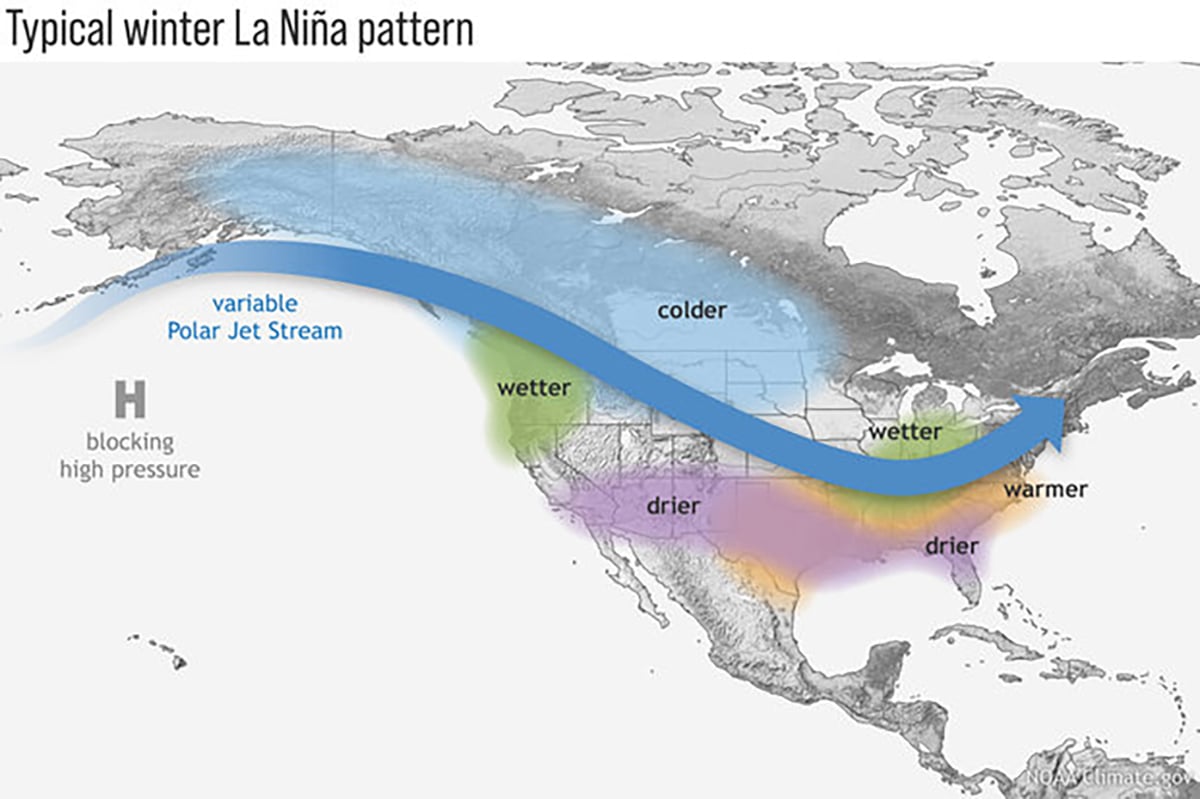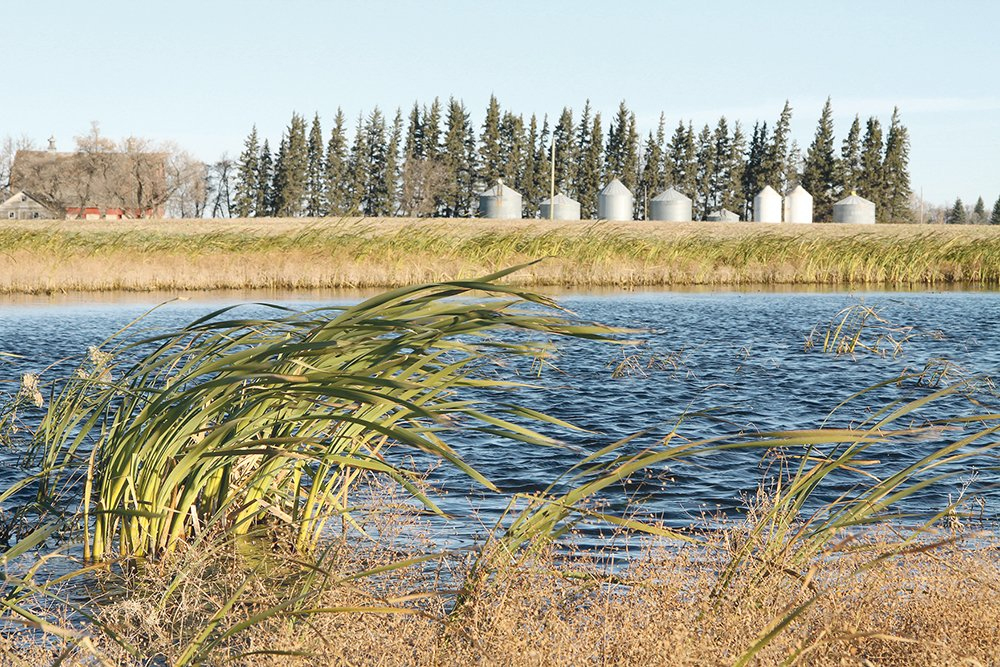Committee report recommendations include more recognition and assistance to help farmers continue their stewardship
The standing agriculture committee has released 15 recommendations for the federal government to consider after its study of the sector’s environmental contributions.
In a report submitted in the House of Commons last week, the committee said Canadian farmers have a tradition of environmental stewardship but the government could help “unleash their full innovative potential and preserve natural resources for future generations.”
The report recommended a framework to encourage farmers to use nature-based solutions to address climate change.
Read Also

Weather factors to watch this winter
There are currently three main factors that could be a driving force behind the type of weather we may see this winter. The first is La Nina, which is currently in a weak stage.
“In co-operation with stakeholders and the provinces and territories, it can provide a national framework for data collection, allowing, for example, farmers to identify opportunities to preserve grasslands and wetlands in their operations,” the report said.
Ways to reduce emissions, such as 4R Stewardship, new technology and finding new pathways for regulatory approval of products adopted in other countries are all included.
The recommendations cover the breadth of agriculture, from soil to livestock to bees, and in particular, one calls on the federal government to recognize the work farmers have already done to reduce on-farm emissions.
The committee said the government should consider paying farmers for ecosystem services they provide.
Working with provinces and territories, the federal government should invest in research and technology to help cattle producers build on already-existing conservation practices and develop a comprehensive plan to protect and restore native grassland.
Several witnesses, including the Canadian Cattle Association and Ducks Unlimited Canada, suggested land-use strategies and inventories of grasslands and wetlands would help.
As part of the study, the committee held separate meetings on bee mortality. The Canadian Food Inspection Agency has already said it will conduct a new risk assessment of imports of packaged bees from the United States.
The committee recommended that the assessment include the possibility of imports from states, municipalities or individual businesses within the U.S.
Regarding domestic bee production, the committee suggested more apiculture research to make Canada self-sufficient in producing and selecting queens and bees. It asked for an investigation into the relationships between soil degradation, climate change and increasing parasites and advanced technology to protect and facilitate pollinator breeding.
Witnesses told the committee there are still concerns about neonicotinoid use and how the chemicals affect bees. The committee recommended research and development of new biopesticides and asked that the Pest Management Regulatory Authority have the resources to conduct a comprehensive study on all pesticides to examine their impact on people, bees and native pollinators.
The full report can be found on the committee’s website.
















